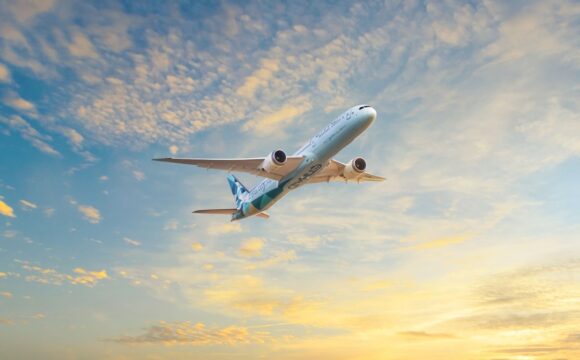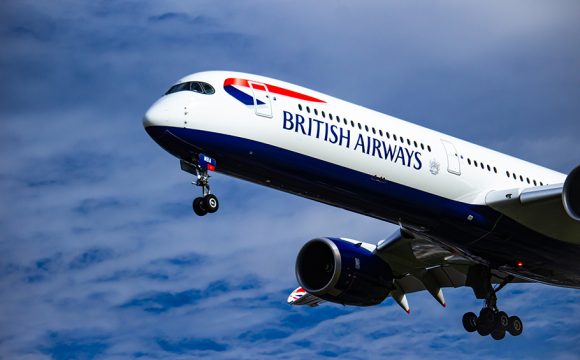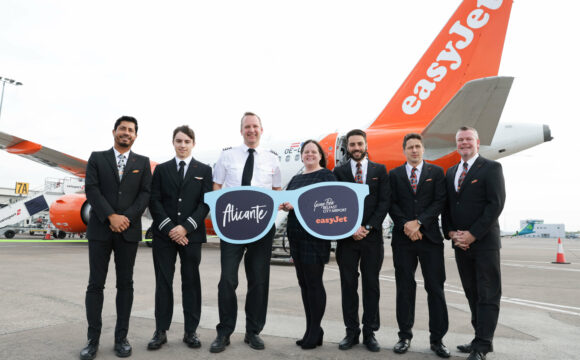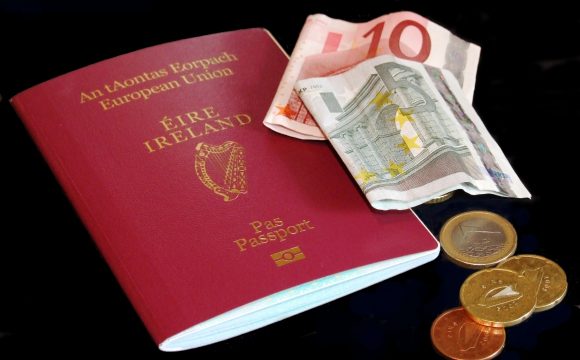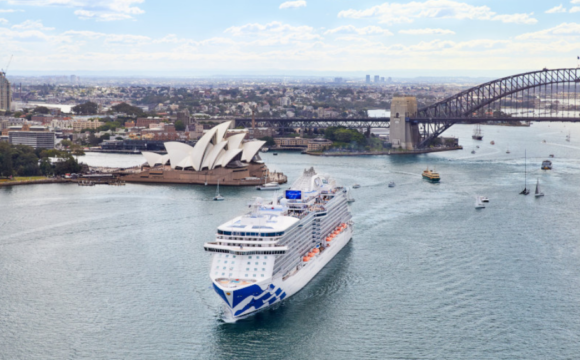Istanbul’s geography has historically made it an important hub for world commerce. Today its central location makes it one of the busiest airline hubs in the world.
Istanbul only started to achieve prominence in the aviation world with the rise of Turkish Airlines in the 2000s. In 2005, it carried just 14m passengers, flying roughly 100 planes to roughly 100 destinations. By 2019, it was flying 74m passengers with 350 planes, touching down in some 330 locations. Looking at Diio data for available seat kilometres, Turkish Airlines grew 569% from 2005 to 2019, compared to 384% for Emirates.
Turkish Airlines alone makes Istanbul an extremely busy airline market. But there’s another important airline in the city. The low-cost carrier Pegasus itself ended 2019 with a network of more than 100 destinations, from a mere 20 in 2005.
Both Turkish and Pegasus recognized the strategic advantages of Istanbul’s location, which in some respects is even more advantageous than Gulf hubs like Dubai. All of Europe, for example, is within reach of a narrow body aircraft. Turkey also has a domestic market that is especially large during summer tourist season and helps Turkish and Pegasus to produce some of the industry’s highest profit margins. Istanbul’s large population (about 15m people) and Turkey’s impressive economic growth during the first two decades of the 2000s also contribute to this success. Turkish and Pegasus also maintain an important cost advantage versus European rivals based in markets where input costs are higher.
The Istanbul market grew so much during the 2000s that the city had to open a new airport in late 2018 to handle this demand. Pegasus, meanwhile, flies mostly from the city’s secondary airport, Sabiha Gökçen, which has also expanded over the years to accommodate growth.
Istanbul has also become a major gateway to Africa, supported by heavy Turkish investment in the region. Germany is the busiest country market from Istanbul, as shown below, boosted by a long history of immigration and migrant work. The U.S. market, though not large enough to attract any U.S. carriers (Delta last flew to Istanbul in 2016) is nevertheless critical to the Turkish Airlines passenger network. It currently flies to 12 U.S. cities. Emirates flies to 11.
During the pandemic, Istanbul rode a cargo boom that helped support the local airline sector. Turkish Airlines in fact, carried 7% more cargo in Q1 of this year than it did in Q1 of 2019. More impressively, the revenue it earned from that cargo more than doubled!
The market does have some shortcomings. Unlike the Gulf hubs, for example, Istanbul is not within commercially viable nonstop reach of Australia (using the current generation of widebody aircraft). Cirium’s distance report shows Sydney to be 9,259 miles away, compared to 7,480m from Dubai. Istanbul also lacks the large volumes of government traffic it would have, were it Turkey’s capital city (its capital is in Ankara). More immediate are the challenges posed by the Ukraine war. Ukraine itself was a key market for Istanbul’s airlines, with Russia even more important.
One or two troubled markets, however, doesn’t imply a major problem, not for a city whose air service is so geographically diversified. By March, Turkish Airlines was already back to 93% of its 2019 ASKs, compared to a 64% average recovery for European rivals. Pegasus, meanwhile, is already flying more international ASKs now than it was pre-pandemic (though some from cities other than Istanbul).




